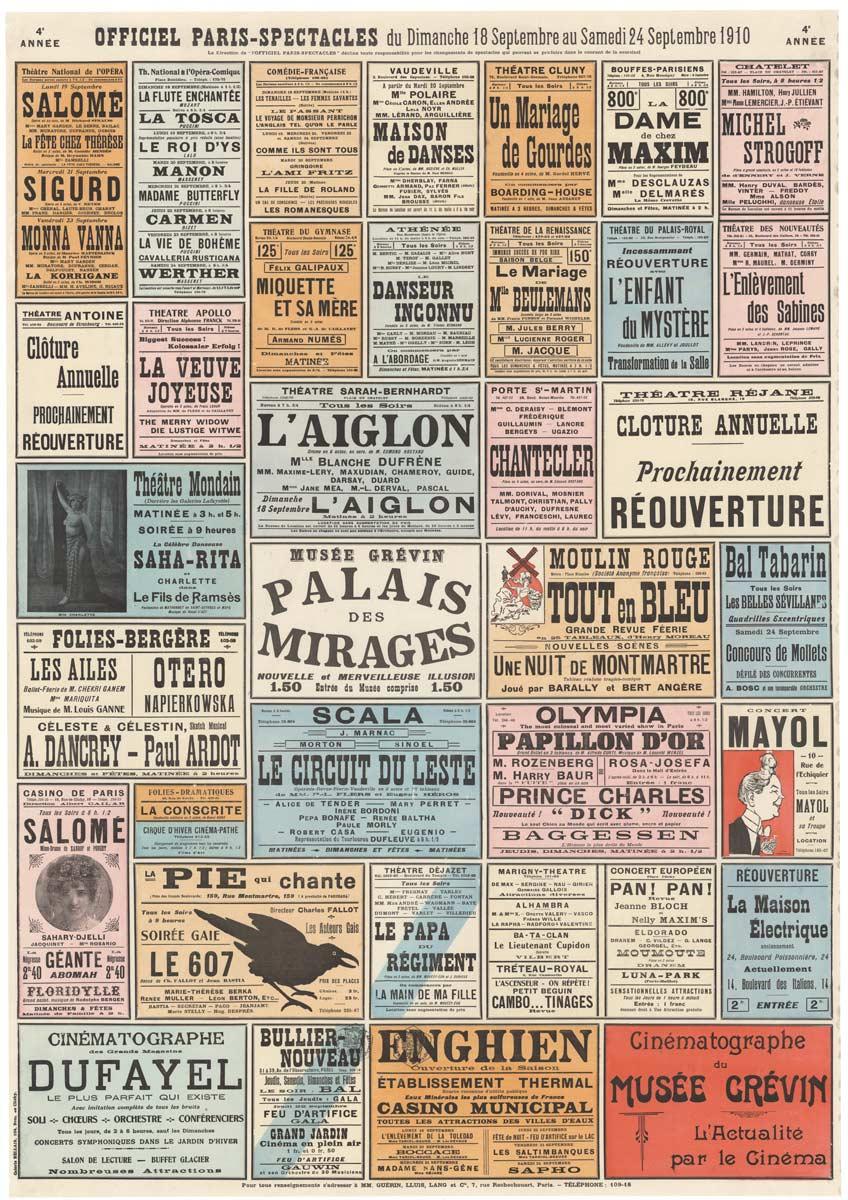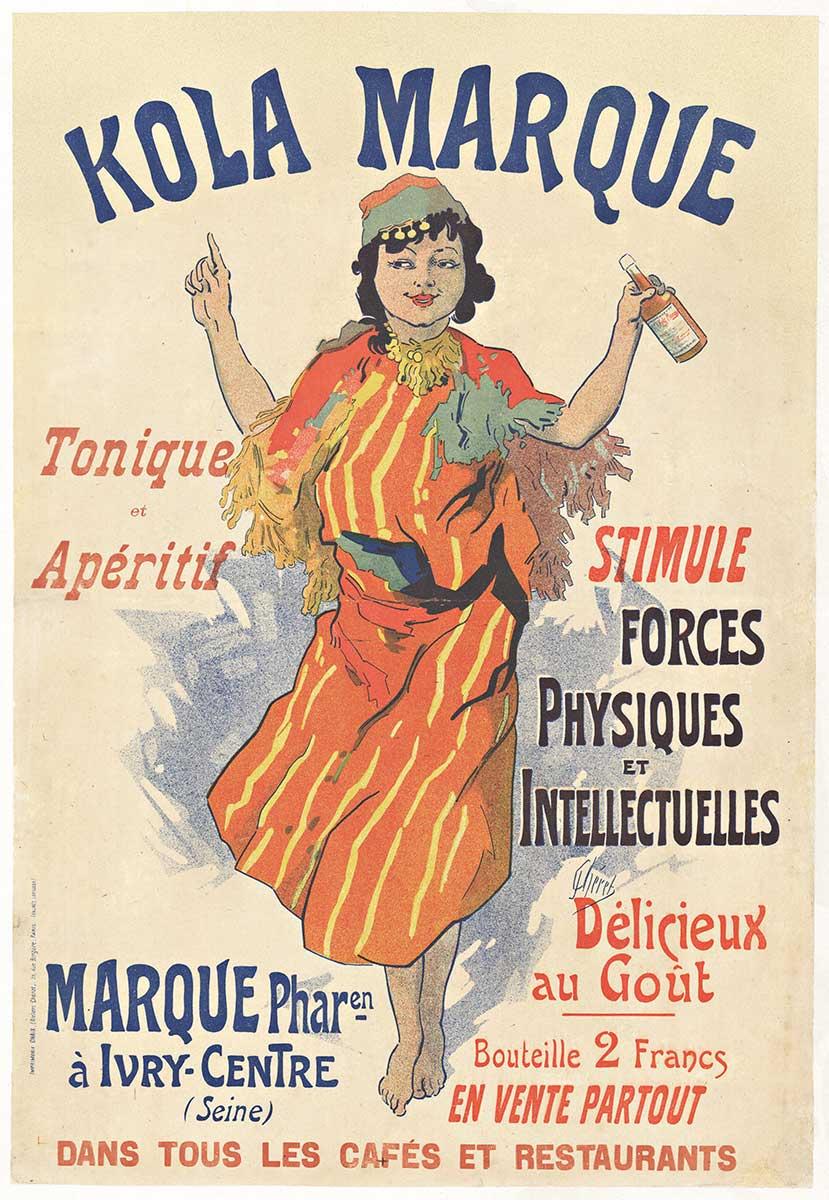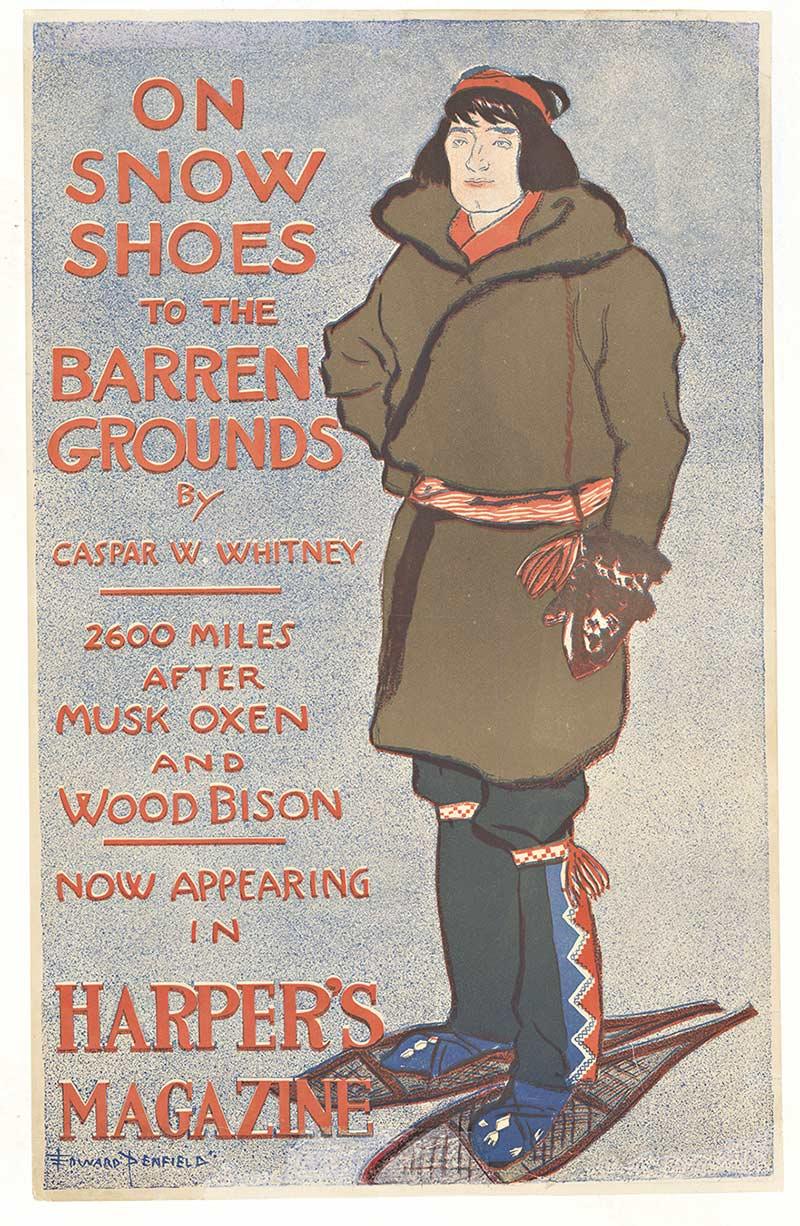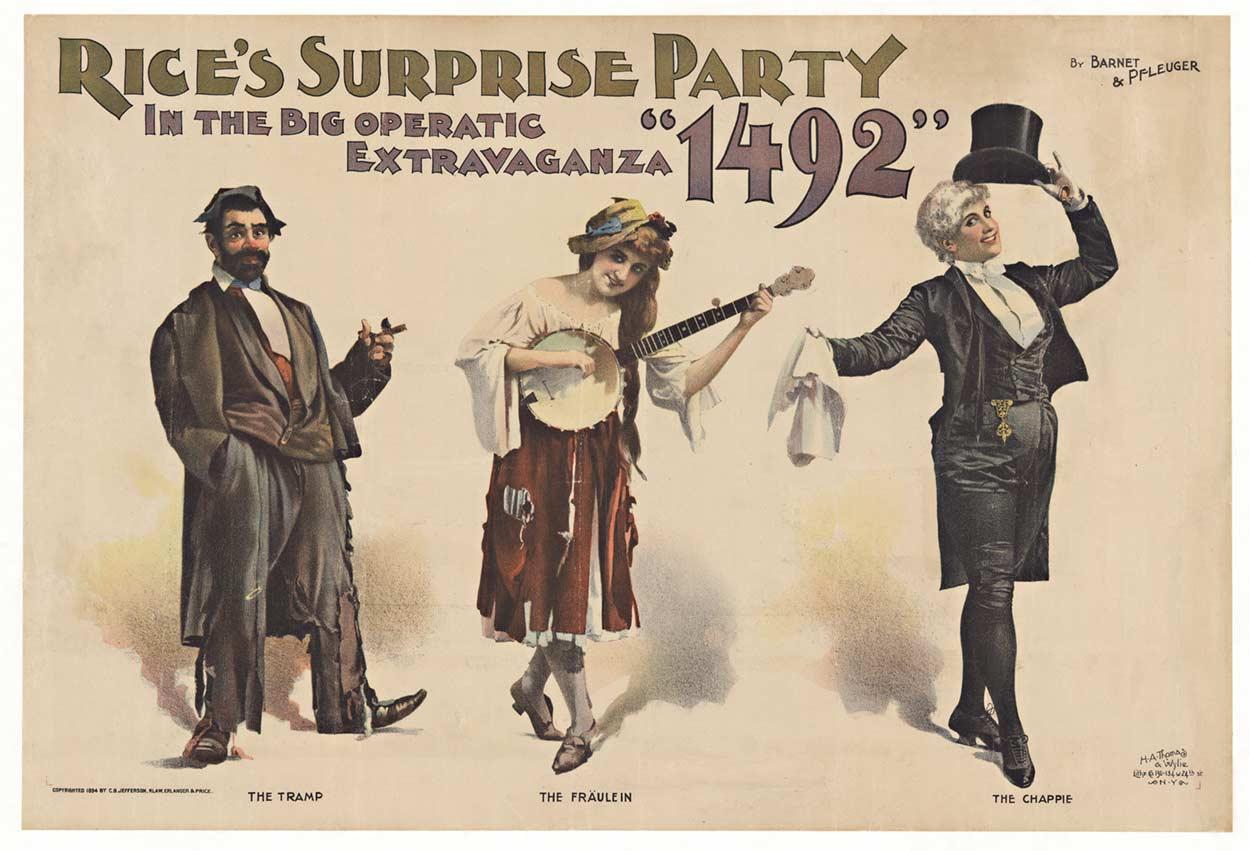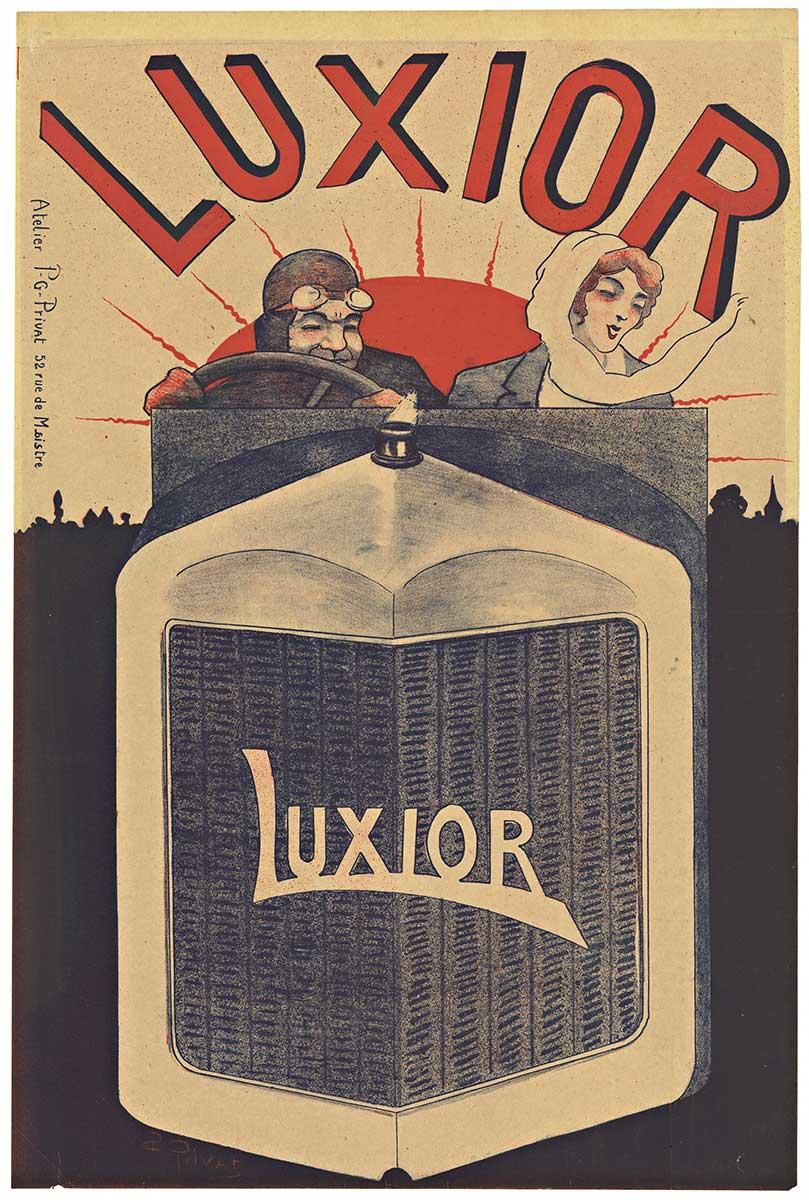Items Similar to Leon Bakst Three Costume designs from Le Dieu Bleu Ballet 1911
Want more images or videos?
Request additional images or videos from the seller
1 of 12
Leon BakstLeon Bakst Three Costume designs from Le Dieu Bleu Ballet 191120thc.
20thc.
About the Item
Three iconic Leon Bakst costume designs for Le Dieu Bleu ( The Blue God ) a ballet choreographed by Michel Fokine and written by Cocteau. The ballet premiered in Paris in 1912. It tells the story of a girl who tries to dissuade her fiancé from becoming a priest and is thereafter tormented by demons; but she is eventually saved by the Blue God, a part performed by Vaslaw Nijinsky, the greatest male dancer of his time. Fokine’s choreography and Bakst’s costumes drew upon Siamese dance and Hindu sculpture. These three prints are vintage reproductions quite unlike the reproductions of today. They each have the look of original watercolors and are backed on heavy grey rag paper with a hand painted gold border. Properly framed they will definitely look like the original drawing. The size of the actual prints varies slightly but the background paper size is consistently 10.5 x 15.5.
Born in Russia in 1866, Léon Bakst belonged to a young generation of European artists who rebelled against 19th-century stage realism, sparking a revolution in theatre design. His fame lay in the sets and costumes he designed for Serge Diaghilev’s (1872 – 1929) legendary dance company the Ballets Russes, and his huge pageant spectaculars for the dancer and patron of the performing arts, Ida Rubinstein (1883 – 1960). After graduating secondary school, he traveled to St. Petersburg to study at the St. Petersburg Academy of Arts as an unenrolled student, working as a book illustrator to support himself. In order to help pay the bills, he also taught art to the children of Grand Duke Vladimir. Marc Chagall was also one of his students. He began exhibiting in the 1890’s with the Society of Watercolorists, as he continued his studies at the Academie Julian, making important connections with prominent artists. In the late 1890’s he founded, along with Sergei Diaghilev, the Mir Iskusstva, or “World of Art,” movement. He illustrated many graphics for their publication, drawing him praise and popularity. Until the end of the century, he continued to paint and receive commissions, from as high up as Tsar Nichols II himself. Scheherazade, performed in 1910 at the Théâtre national de l’Opéra in Paris, featuring the dancers Vaslav Nijinski and Ida Rubinstein, proved a particular sensation, creating a sense of rich, fevered claustrophobia and mystery – a living canvas of sensuality and decadence. Bakst’s costumes are richly decorated with myriad motifs and decorative shapes. Dense surface textures mix appliqué with painting, dying, and embroidery using flocking, beading, sequins, metal studs, braids and decoration, pearls and jewels. Bakst gained international fame for his celebrated designs, and came to be regarded as the artistic director of the Ballets Russes during their heyday (1909 – 14). He died in 1924 but his influence was far-reaching, even beyond the world of ballet. His extraordinary designs spilled over into both fashion and interior design, introducing looser-fitting clothing styles and sweeping away drab colours.
- Creator:Leon Bakst (1866 - 1924, Russian)
- Creation Year:20thc.
- Dimensions:Height: 10.5 in (26.67 cm)Width: 15.5 in (39.37 cm)
- Movement & Style:
- Period:
- Condition:
- Gallery Location:Paonia, CO
- Reference Number:1stDibs: LU780311920332
About the Seller
4.9
Vetted Seller
These experienced sellers undergo a comprehensive evaluation by our team of in-house experts.
Established in 1978
1stDibs seller since 2017
104 sales on 1stDibs
Typical response time: 10 hours
- ShippingRetrieving quote...Ships From: Paonia, CO
- Return PolicyA return for this item may be initiated within 7 days of delivery.
More From This SellerView All
- Chasseurs D'Afrique, Armee de Ligne lithograph pub. Lemercier 1861By Édouard Armand-DumaresqLocated in Paonia, COChasseurs D’Afrique shows two bearded French soldiers from the Armee De Ligne or the Line Army series. There is an officer in the foreground with his arms across his chest and a...Category
1860s Figurative Prints
MaterialsLithograph
- Academie de l’Espee Tabula XXI by Girard Thibault 17thc fencing engravingBy Pierre ThibaultLocated in Paonia, COHand colored original engraving from the Academie de l’Espee ( full title can be translated as Academy of the Sword: wherein is demonstrated by mathematical rules on the foundation of a mysterious circle the theory and practice of the true and heretofore unknown secrets of handling arms on foot and horseback ) by Girard Thibault...Category
17th Century Other Art Style Figurative Prints
MaterialsEngraving
- Corrupt Petliura Ukraine Russian Propaganda PosterLocated in Paonia, COVintage Soviet Government propaganda lithographic poster titled with Ukrainian text that reads “Corrupt Petliura has sold Ukraine to the Polish landowners. Landowners burned and plundered Ukraine. Death to landowners and Petlyurovites.” Originally issued April 1920 following the Treaty of Warsaw (also the Polish-Ukrainian Agreement). The agreement was a military-economical alliance between the Second Polish Republic, represented by Jozef Pilsudski, and the Ukrainian People’s Republic, represented by Symon Petliura, against Bolshevik Russia. The artwork features Jozef Pilsudski running away with a sack of goods. Good condition. Artist unknown. The Bolshevik Era (1917-1921) was a life and death struggle for the Bolsheviks and their ideology. The propaganda poster...Category
Early 20th Century Expressionist More Prints
MaterialsLithograph
- Four 1920's Russian Propaganda Posters by Alexander Apsit, Dmitri Moor & othersLocated in Paonia, COThe Bolshevik Era (1917-1921) was a life and death struggle for the Bolsheviks and their ideology. The propaganda poster was everywhere, as the Bolsheviks struggled to win the Civil War against the Whites and fought the Poles over control of the Ukraine and parts of modern day Belarus. The early Soviet poster - an incredible 3600 designs - was remarkable for its revolutionary fervor and biting wit. Powerful visual symbols were invented, like the red star and hammer and sickle. These four posters are as follows: 1." May 1st All Russian Subbotnik " is a Russian poster promoting the first all Russian Subbotnik held on May 1st, 1920 in which Vladimir Lenin was in attendance. "Subbotnik" were weekend days of unpaid, volunteer community service work following the October Revolution which eventually became obligatory. By Russian artist Dmitry Moor 2. " Anniversary of Vsevobuch--Develop and Learn to Defend Freedom" celebrates the second anniversary of the implementation of universal military training and says ‘2nd Anniversary of Vsevobuch, Develop and Learn How To Defend Freedom. Artist unknown 3." Devil Doll " The Devil Doll' (January 1920) shows a soldier pointing his bayonet at a looming monster in the first panel. However, in the second it turns out to be the weak and insignificant enemies of the state behind a pathetic mask and cloak. Russian artist Dmitri Moor 4. " Forward to defend the Ural" ’By Russian artist A. Petroff ( pseudonym for Alexander Aspit ) from the ´´Plakate der Russichen Revolution 1917 - 1929´´ Dmitry Moor was a Russian graphic artist, poster designer and cartoonist, also known as D. Moor ("Д. Моор"). During the 1900s and 1910s he was a comic pioneer, making satirical comics ridiculing the Czarist regime and censorship. Under the Soviet regime he became one of the most celebrated propaganda artists. Both during the First and the Second World War he ridiculed the German army. In his work Moor often made use of sequential illustrated narratives or comics. He was the house cartoonist of magazines like Budilnik and later Bezbozhnik. Alexander Petrovich Apsit was born in Riga on 25th March, 1880. He moved to Saint Petersburg in 1894 and attended art school and became a student of Lew Dmitriew-Kawkaski. Aspit worked for various Russian magazines and on the outbreak of the First World War was employed by the government to design war posters. After the Bolshevik Revolution Apsit was commissioned by the State Publishing House to design revolutionary posters.Category
Early 20th Century Expressionist Figurative Prints
MaterialsScreen
- Le Marriage de la Vierge by Salvador Dali Changes in Great Masterpieces FramedBy Salvador DalíLocated in Paonia, COLe Marriage de la Vierge by Salvador Dali and interpreted from the original Raphael painting is one of six graphics from the series Changes in Great Masterpieces...Category
1970s Surrealist Figurative Prints
MaterialsLithograph
- Four Original Signed Etchings by Louis JouBy Louis JouLocated in Paonia, COSpanish painter, engraver, master typographer and editor Louis Jou ( 1882 – 1968 ) became a naturalized French citizen and was known as an artist of the French School . He set up his own publishing house in Paris and gained a reputation as one of the greatest typographers of the 19th century. His original etchings and wood engravings appeared in books authored by Victor Hugo, Andre Gide, Cervantes and many more. Jou’s etchings also appeared in the Gazette des Beaux Arts published in Paris. Beginning in 1859 until it’s final year in 1930 the Gazette became known for it’s role in the revival of etching as a creative process as vital as painting and sculpture. The Gazette regularly commissioned the greatest etchers of the time including such artist’s such as Whistler, Goya, Max Lieberman...Category
20th Century Expressionist Figurative Prints
MaterialsEtching
You May Also Like
- Original 1910 Officiel Paris Spectacles vintage poster for theater performancesLocated in Spokane, WALinen backed original of the official event spectacles of Paris, promoting Moulin Rouge, Salome, Musee Grevin, Sarah-Rita, Madame Butterfly, Carmen, La Vie de Boheme. Orignial in ex...Category
1910s Art Nouveau Figurative Prints
MaterialsLithograph
- Original Harper's Magazine vintage poster by Edward Penfield, 1895By Edward PenfieldLocated in Spokane, WAOriginal. Harper's magazine poster. "On snow shoes to the barren grounds" Very old poster advertising the famous Harper's magazine. Artist Edward Penfield. Edward Penfield (1...Category
1890s Art Nouveau Figurative Prints
MaterialsLithograph
- Original Rice's Surprise Party "1492" vintage theatrical posterLocated in Spokane, WAOriginal rare horizontal, linen-backed, RICE'S SURPRISE PARTY vintage poster, in the big operatic extravaganza "1492". By Barnet & Pfleuger. This is ...Category
1890s Art Nouveau Figurative Prints
MaterialsLithograph
- LUXIOR Automobile early automotive original vintage posterBy Georges Henri Privat-LivemontLocated in Spokane, WALUXIOR. Original antique French turn of the century rare antique automobile poster. Printer / atelier:: Henri Privat Livemont. Size: 15.75" ...Category
1910s Art Nouveau Figurative Prints
MaterialsLithograph
- Droit D' Ainesse (The Birthright) OperaLocated in Spokane, WAOriginal stone lithograph poster: Droit D' Ainesse (The Birthright) Opera. Early stone lithograph that is archival linen backed and ready to frame. Not mint; but in very good condition. A girl this old is allowed to show her age. Original linen-backed early 1880's vintage opera poster...Category
1880s Art Nouveau Figurative Prints
MaterialsLithograph
- L'Hippodrome Granbd Championnat du Monde Luttes Libres original original posterBy Georges RedonLocated in Spokane, WAL'Hippodrome Grand Championnat du Monde des Luttes Libres Original antique vintage poster. Mounted on acid free archival linen. L'Hippodrome - ...Category
1890s Art Nouveau Figurative Prints
MaterialsLithograph
Recently Viewed
View AllMore Ways To Browse
Premier Design
Costume Fashion Design
Leon Leon Design
Original Ballet
Costume Pearls
1911 Gold
Vintage Costume Pearls
Vintage Ballet Costume
Vintage Dance Costume
Vintage Dance Costumes
Printed Stud
Paris Opera Ballet
Russian Art Nouveau
Ballet Russe
Ballet Russes
Bleu Vintage
Young Ballet Dancer
Interior Design And Decoration Book
